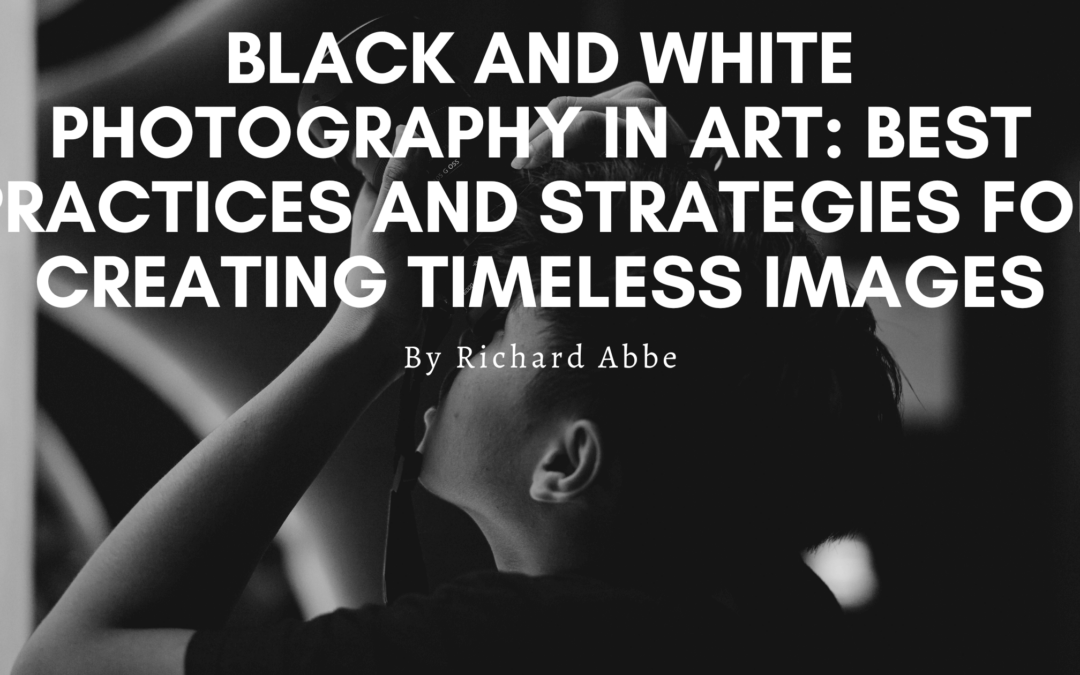Black and white photography has a timeless and captivating appeal that continues to resonate with audiences. By stripping away color, it highlights the essence of the subject, emphasizing form, texture, and contrast. Creating compelling black-and-white images requires a thoughtful approach and an understanding of the unique characteristics of this art form.
Understanding Contrast and Tonal Range
Black and white photography relies heavily on contrast and tonal range to create visual impact. Pay attention to the interplay between light and shadow, seeking out scenes that exhibit strong contrasts. Look for textures, patterns, and shapes that can be accentuated in black and white. Experiment with different lighting conditions to enhance the mood and atmosphere of your images. Consider using light modifiers, such as reflectors or diffusers, to control the intensity and direction of light.
Emphasize Composition and Form
In the absence of color, composition and form become even more crucial in black-and-white photography. Pay attention to the placement and arrangement of elements within the frame. Use leading lines, symmetry, and the rule of thirds to create visually engaging compositions. Experiment with different perspectives and angles to highlight the subject’s form and structure. Simplify the scene by removing any distracting elements that do not contribute to the overall visual impact.
Post-Processing for Black and White
Post-processing plays a significant role in the final look of black-and-white images. Start by shooting in RAW format to retain maximum flexibility during editing. Use editing software, such as Adobe Lightroom or Photoshop, to convert the image to black and white. Adjust the overall exposure, contrast, and tonal range to bring out the desired mood and visual impact. Fine-tune the highlights, shadows, and midtones to achieve the desired level of detail and contrast. Experiment with local adjustments to selectively enhance or darken specific areas of the image. Consider using tools like dodge and burn to control the emphasis on different elements within the frame.
Study and Seek Inspiration
Study the works of renowned black and white photographers to gain inspiration and insights into this art form. Analyze their composition, use of light, and subject selection. Look beyond photography and explore other forms of art, such as painting or cinema, for inspiration in creating black-and-white images. Join photography communities or attend workshops to learn from experienced photographers and exchange ideas with fellow enthusiasts.
Black and white photography offers a unique and timeless way to capture and convey the essence of a subject. By understanding and implementing best practices in composition, lighting, and post-processing, you can create compelling black-and-white images that evoke emotion, showcase form, and stand as enduring works of art.

